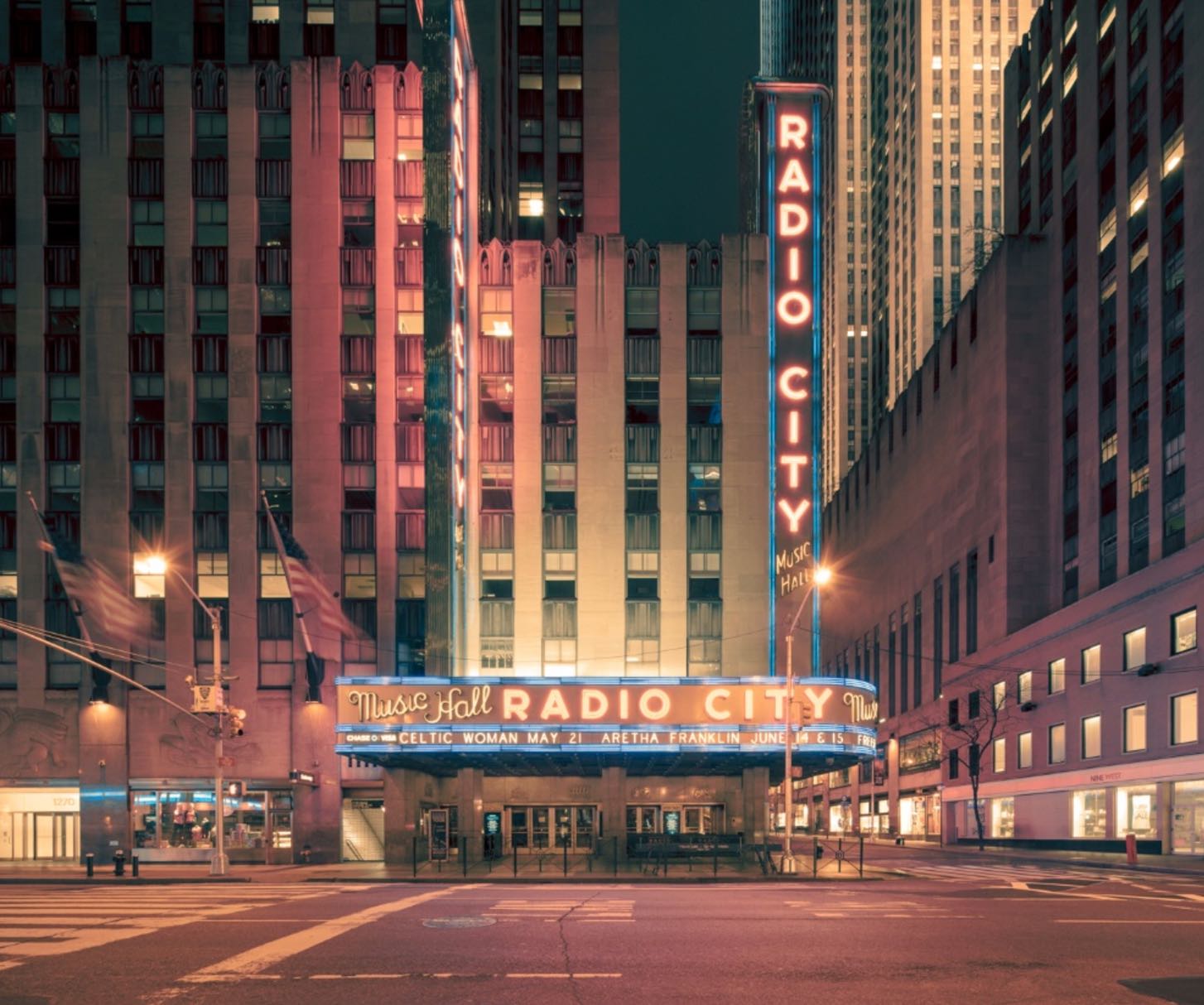Last week I attended a talk at the Museum of London, an event accompanying the current London Nights exhibition there. The evening involved a panel of practitioners discussing how the night time feeds into their creativity.
Obviously, this topic was right up my street and I was glad to be able to attend. The panel consisted of Vanessa Loera, a Central St Martins graduate and cross-genre practitioner, Damien Frost a photographer and Inua Ellams, a writer and founder of The Midnight Run, an arts-filled night time cultural journey. The evening was chaired by Amy Lamé, who is London’s ‘night Czar’ and a significant and renowned figure in her own right.
The panel comprised of Amy Lamé, Vanessa Loera, Damien Frost and Inua Ellams
After an introduction by Lamé, each practitioner delivered a talk about their own practice relating how their work is influenced by the night. It was notable that despite having widely varying approaches to their work, or even how they go about navigating and utilising the opportunities the night time creates, they were each able to articulate specific and tangible benefits that accrued to their work from practicing at night, which they are not able to garner during the day time.
Loera, in particular, made a profound comment about how her practice of wandering the streets alone at night as a young woman was not only a cultural comment about the role and agency that women have traditionally been afforded in art history, but also directly linked to her own sense of self-worth, that to walk alone was an expression of her own personality that allowed her to know herself better, to be more connected to herself. This really resonated with me at the time, and continues to do so, connected as it is to the idea of solitude as a necessary part of self-knowledge and self-development. This is something I feel to be true personally, and as my research continues, seems to be a very important strand to represent in this project.
The work will benefit from an equality of voices representing both the positive and negative aspects of solitary living. This is certainly an evolution from the original concept which would have been that of quite a bleak tale of isolation and loneliness with little positive to say.
I’m aiming to produce work that suggests narrative without being explicit either way. I hope there’ll be enough space in the work for the viewer to see a range of possible experiences arising from being alone. The idea is to achieve this using combinations of images that suggest multiple interpretations and allow me to introduce people into the work. We’ll see how this actually works once I have a selection of images that I’m happy enough with to start playing about with some combinations. More to come on this shortly.






